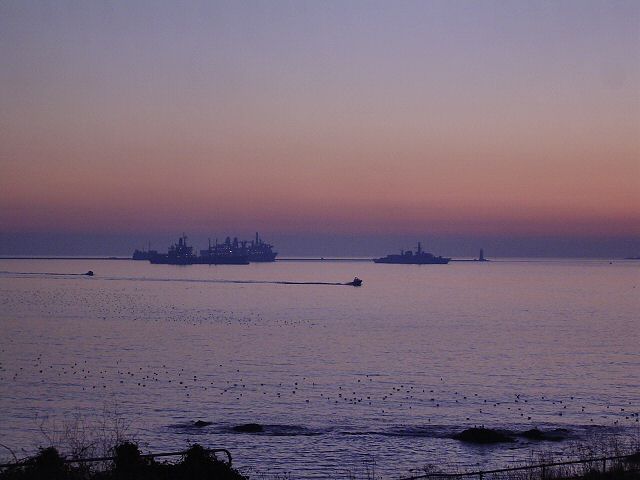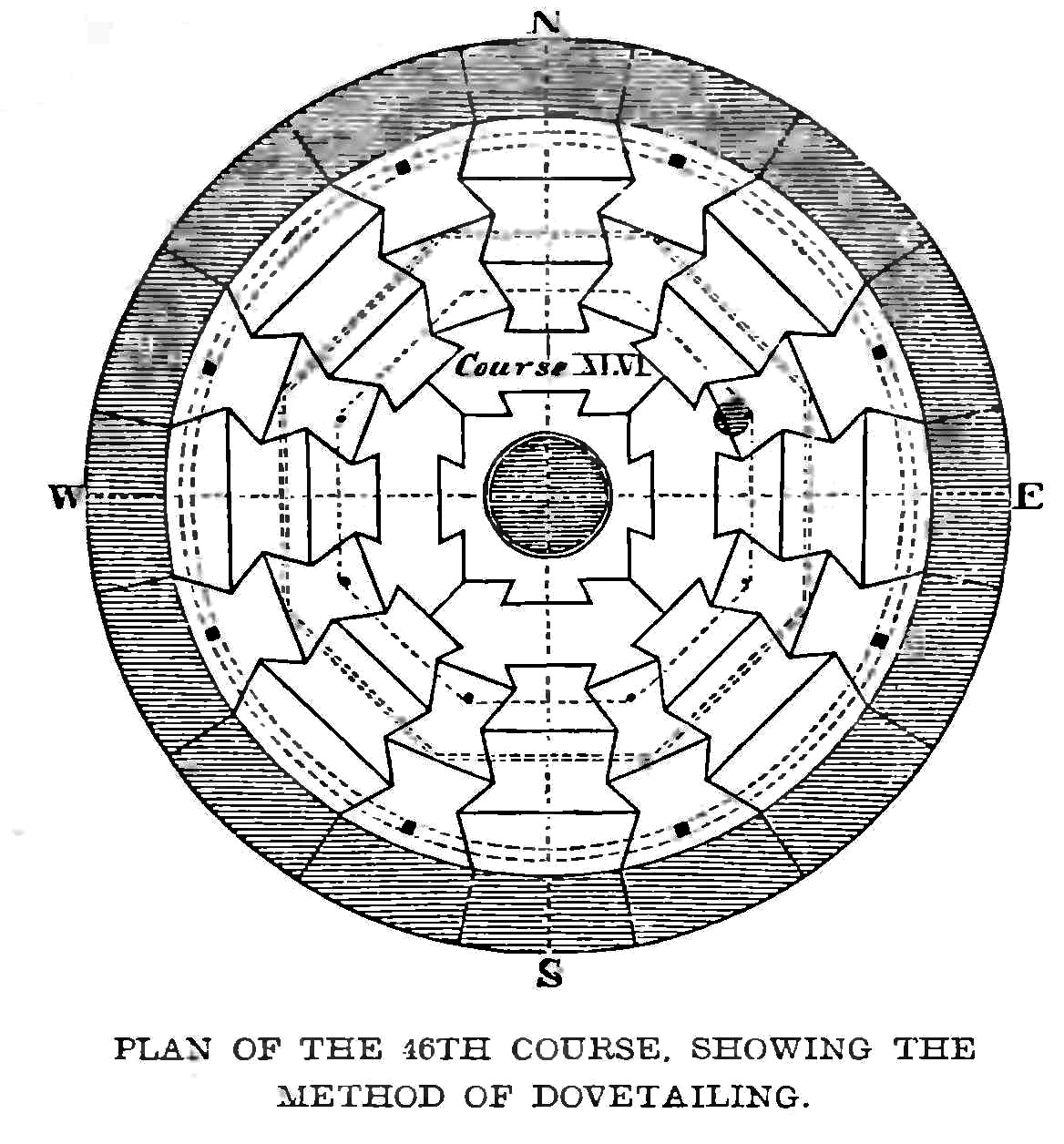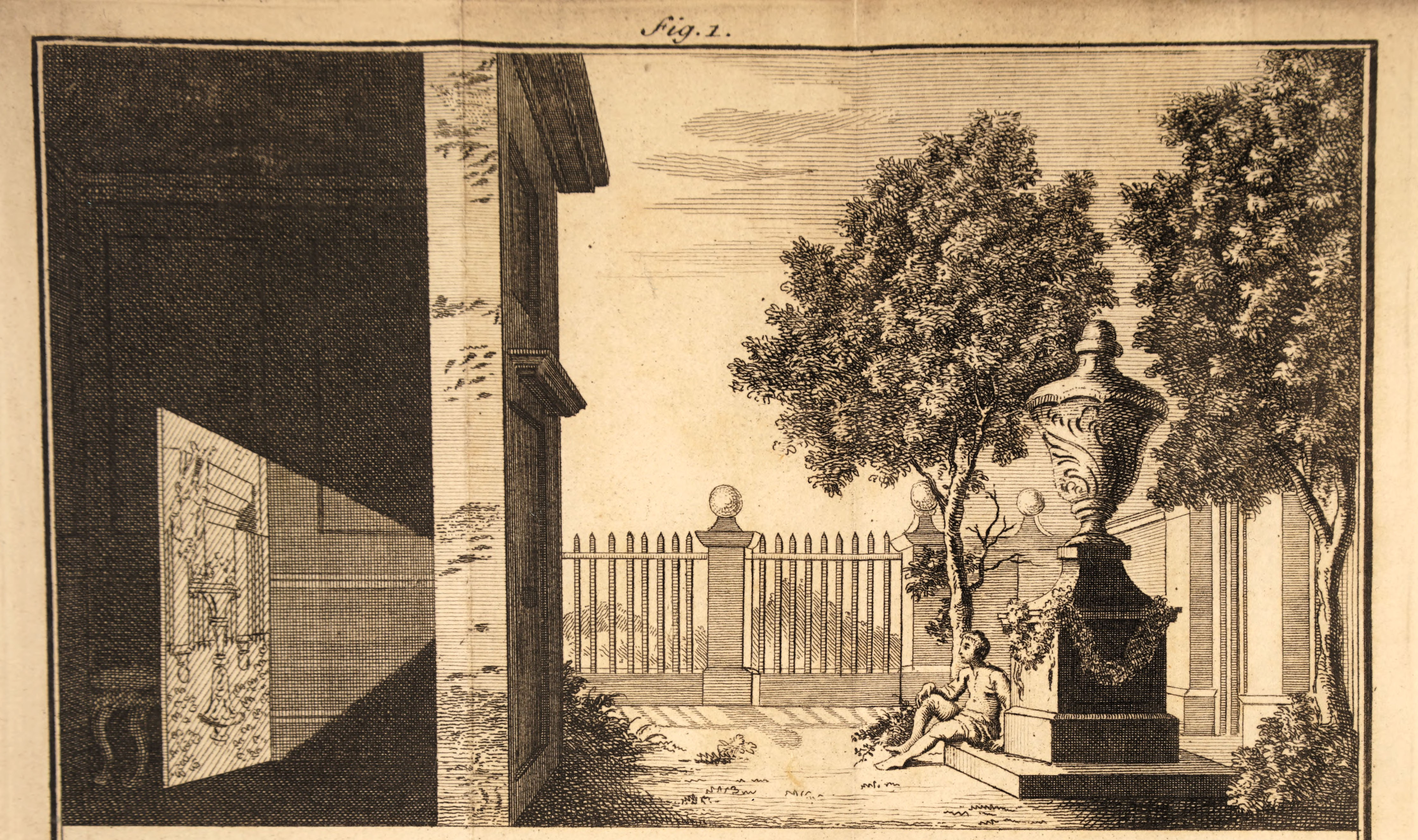|
Plymouth Hoe
Plymouth Hoe, referred to locally as the Hoe, is a large south-facing open public space in the English coastal city of Plymouth. The Hoe is adjacent to and above the low limestone cliffs that form the seafront and it commands views of Plymouth Sound, Drake's Island, and across the Hamoaze to Mount Edgcumbe in Cornwall. The name derives from the Anglo-Saxon word ''hoh'', a sloping ridge shaped like an inverted foot and heel (a term that survives in a few other placenames, notably Sutton Hoo). History Until the early 17th century large outline images of the giants Gog and Magog (or Goemagot and Corineus) had for a long time been cut into the turf of the Hoe exposing the white limestone beneath. These figures were periodically re-cut and cleaned. No trace of them remains today, but this likely commemorates the Cornish foundation myth, being the point – ''Lam Goemagot'', – from which the Giant was cast into the sea by the hero Corineus. Plymouth Hoe is perhaps best known ... [...More Info...] [...Related Items...] OR: [Wikipedia] [Google] [Baidu] |
Plymouth Hoe From Mount Batten (crop)
Plymouth () is a port city and unitary authority in South West England. It is located on the south coast of Devon, approximately south-west of Exeter and south-west of London. It is bordered by Cornwall to the west and south-west. Plymouth's early history extends to the Bronze Age when a first settlement emerged at Mount Batten. This settlement continued as a trading post for the Roman Empire, until it was surpassed by the more prosperous village of Sutton founded in the ninth century, now called Plymouth. In 1588, an English fleet based in Plymouth intercepted and defeated the Spanish Armada. In 1620, the Pilgrim Fathers departed Plymouth for the New World and established Plymouth Colony, the second English settlement in what is now the United States of America. During the English Civil War, the town was held by the Parliamentarians and was besieged between 1642 and 1646. Throughout the Industrial Revolution, Plymouth grew as a commercial shipping port, handling imports an ... [...More Info...] [...Related Items...] OR: [Wikipedia] [Google] [Baidu] |
Spanish Armada
The Spanish Armada (a.k.a. the Enterprise of England, es, Grande y Felicísima Armada, links=no, lit=Great and Most Fortunate Navy) was a Spanish fleet that sailed from Lisbon in late May 1588, commanded by the Duke of Medina Sidonia, an aristocrat without previous naval experience appointed by Philip II of Spain. His orders were to sail up the English Channel, link up with the Duke of Parma in Flanders, and escort an invasion force that would land in England and overthrow Elizabeth I. Its purpose was to reinstate Catholicism in England, end support for the Dutch Republic, and prevent attacks by English and Dutch privateers against Spanish interests in the Americas. The Spanish were opposed by an English fleet based in Plymouth. Faster and more manoeuvrable than the larger Spanish galleons, they were able to attack the Armada as it sailed up the Channel. Several subordinates advised Medina Sidonia to anchor in The Solent and occupy the Isle of Wight, but he refused to ... [...More Info...] [...Related Items...] OR: [Wikipedia] [Google] [Baidu] |
Eddystone Rocks
The Eddystone or Eddystone Rocks are a seaswept and eroded group of rocks ranging southwest of Rame Head in Cornwall, England, United Kingdom. Although the nearest point on the mainland to the Eddystone is in Cornwall, the rocks fall within the city limits of Plymouth, and hence within the county of Devon. For centuries the rocks have been a hazard for the ships in the approaches to the English Channel and the port city of Plymouth. There have been four lighthouses on the Eddystone Rocks. Winstanley (two versions; the second replaced the top of the structure), Rudyard, Smeaton and finally the Douglass Lighthouse, which is the present one. When the Douglass Lighthouse was completed, the people of Plymouth paid for the dismantling of the Smeaton Lighthouse from the red rocks of Eddystone and its reassembly at Plymouth Hoe, where it is a popular tourist attraction today. View at 1:50000 scale. The stub of the Smeaton lighthouse still remains on the rocks. In the 1970s, the questio ... [...More Info...] [...Related Items...] OR: [Wikipedia] [Google] [Baidu] |
Eddystone Lighthouse
The Eddystone Lighthouse is a lighthouse that is located on the dangerous Eddystone Rocks, south of Rame Head in Cornwall, England. The rocks are submerged below the surface of the sea and are composed of Precambrian gneiss. View at 1:50000 scale The current structure is the fourth to be built on the site. The first lighthouse (Winstanley's) was swept away in a powerful storm, killing its architect and five other men in the process. The second (Rudyard's) stood for fifty years before it burned down. The third (Smeaton's) is renowned because of its influence on Lighthouse, lighthouse design and its importance in the development of concrete for building; its upper portions were re-erected in Plymouth as a monument. The first lighthouse, completed in 1699, was the world's first open ocean lighthouse, although the Cordouan Lighthouse off the western French coast preceded it as the first offshore lighthouse. The need for a light The Eddystone Rocks are an extensive reef approxi ... [...More Info...] [...Related Items...] OR: [Wikipedia] [Google] [Baidu] |
John Smeaton
John Smeaton (8 June 1724 – 28 October 1792) was a British civil engineer responsible for the design of bridges, canals, harbours and lighthouses. He was also a capable mechanical engineer and an eminent physicist. Smeaton was the first self-proclaimed "civil engineer", and is often regarded as the "father of civil engineering".Mark Denny (2007). "Ingenium: Five Machines That Changed the World". p. 34. JHU Press. He pioneered the use of hydraulic lime in concrete, using pebbles and powdered brick as aggregate. Smeaton was associated with the Lunar Society. Law and physics Smeaton was born in Austhorpe, Leeds, England. After studying at Leeds Grammar School he joined his father's law firm, but left to become a mathematical instrument maker (working with Henry Hindley), developing, among other instruments, a pyrometer to study material expansion. In 1750, his premises were in the Great Turnstile in Holborn. He was elected a Fellow of the Royal Society in 1753 and ... [...More Info...] [...Related Items...] OR: [Wikipedia] [Google] [Baidu] |
Smeaton's Tower
Smeaton's Tower is a memorial to civil engineer John Smeaton, designer of the third and most notable Eddystone Lighthouse. A major step forward in lighthouse design, Smeaton's structure was in use from 1759 to 1877, until erosion of the ledge it was built upon forced new construction. The tower was largely dismantled and rebuilt on Plymouth Hoe in Plymouth, Devon, where it stands today. History Background England’s coasts are notorious for rough weather, dangerous seas and deathly obstacles. The Eddystone rocks are among them. There were several attempts were made to place a marker on these reefs. The first attempt was called the Winstanley Lighthouse. After it was destroyed in the 1703 storm, a second one called the Rudyard lighthouse was built. This one was also destroyed, this time by a fire in 1755. Born in Austhorpe, Yorkshire, England in 1724, John Smeaton is considered the father of civil engineering. Recognized for his scientific achievements, including the incre ... [...More Info...] [...Related Items...] OR: [Wikipedia] [Google] [Baidu] |
Camera Obscura
A camera obscura (; ) is a darkened room with a small hole or lens at one side through which an image is projected onto a wall or table opposite the hole. ''Camera obscura'' can also refer to analogous constructions such as a box or tent in which an exterior image is projected inside. Camera obscuras with a lens in the opening have been used since the second half of the 16th century and became popular as aids for drawing and painting. The concept was developed further into the photographic camera in the first half of the 19th century, when camera obscura boxes were used to expose light-sensitive materials to the projected image. The camera obscura was used to study eclipses without the risk of damaging the eyes by looking directly into the sun. As a drawing aid, it allowed tracing the projected image to produce a highly accurate representation, and was especially appreciated as an easy way to achieve proper graphical perspective. Before the term ''camera obscura'' was fir ... [...More Info...] [...Related Items...] OR: [Wikipedia] [Google] [Baidu] |
The Colonnade, Plymouth
''The'' () is a grammatical article in English, denoting persons or things that are already or about to be mentioned, under discussion, implied or otherwise presumed familiar to listeners, readers, or speakers. It is the definite article in English. ''The'' is the most frequently used word in the English language; studies and analyses of texts have found it to account for seven percent of all printed English-language words. It is derived from gendered articles in Old English which combined in Middle English and now has a single form used with nouns of any gender. The word can be used with both singular and plural nouns, and with a noun that starts with any letter. This is different from many other languages, which have different forms of the definite article for different genders or numbers. Pronunciation In most dialects, "the" is pronounced as (with the voiced dental fricative followed by a schwa) when followed by a consonant sound, and as (homophone of the archaic pr ... [...More Info...] [...Related Items...] OR: [Wikipedia] [Google] [Baidu] |
English Civil War
The English Civil War (1642–1651) was a series of civil wars and political machinations between Parliamentarians ("Roundheads") and Royalists led by Charles I ("Cavaliers"), mainly over the manner of Kingdom of England, England's governance and issues of religious freedom. It was part of the wider Wars of the Three Kingdoms. The First English Civil War, first (1642–1646) and Second English Civil War, second (1648–1649) wars pitted the supporters of King Charles I of England, Charles I against the supporters of the Long Parliament, while the Third English Civil War, third (1649–1651) saw fighting between supporters of King Charles II of England, Charles II and supporters of the Rump Parliament. The wars also involved the Covenanters, Scottish Covenanters and Confederate Ireland, Irish Confederates. The war ended with Parliamentarian victory at the Battle of Worcester on 3 September 1651. Unlike other list of English civil wars, civil wars in England, which were mainly ... [...More Info...] [...Related Items...] OR: [Wikipedia] [Google] [Baidu] |
Royal Citadel, Plymouth
The Royal Citadel in Plymouth, Devon, England, was built in the late 1660s to the design of Sir Bernard de Gomme. It is at the eastern end of Plymouth Hoe overlooking Plymouth Sound, and encompasses the site of the earlier fort that had been built in the time of Sir Francis Drake. The citadel site is a Scheduled Monument and many of the buildings within are Grade II Listed. History Drake's Fort In 1590, Sir Francis Drake was appointed to improve the defences of Plymouth. After setting up some temporary artillery batteries, Drake petitioned the Privy Council for the funds to build a fort on Plymouth Hoe that could dominate the Cattewater, the approach to Sutton Harbour, which at that time was the main port at Plymouth. By May 1592, Elizabeth I had decided that the fort could be funded by a tax on every hogshead of pilchards which was exported from Plymouth. Construction of the fort dragged on until 1596 and was only finished after the government had drafted in a further 500 labo ... [...More Info...] [...Related Items...] OR: [Wikipedia] [Google] [Baidu] |
Stuart Restoration
The Restoration of the Stuart monarchy in the kingdoms of England, Scotland and Ireland took place in 1660 when King Charles II returned from exile in continental Europe. The preceding period of the Protectorate and the civil wars came to be known as the Interregnum (1649–1660). The term ''Restoration'' is also used to describe the period of several years after, in which a new political settlement was established. It is very often used to cover the whole reign of King Charles II (1660–1685) and often the brief reign of his younger brother King James II (1685–1688). In certain contexts it may be used to cover the whole period of the later Stuart monarchs as far as the death of Queen Anne and the accession of the Hanoverian King George I in 1714. For example, Restoration comedy typically encompasses works written as late as 1710. The Protectorate After Richard Cromwell, Lord Protector from 1658 to 1659, ceded power to the Rump Parliament, Charles Fleetwood and ... [...More Info...] [...Related Items...] OR: [Wikipedia] [Google] [Baidu] |



_-_HMS_'Forte'_Passing_the_Eddystone_Lighthouse_-_BHC3737_-_Royal_Museums_Greenwich.jpg)




.png)

